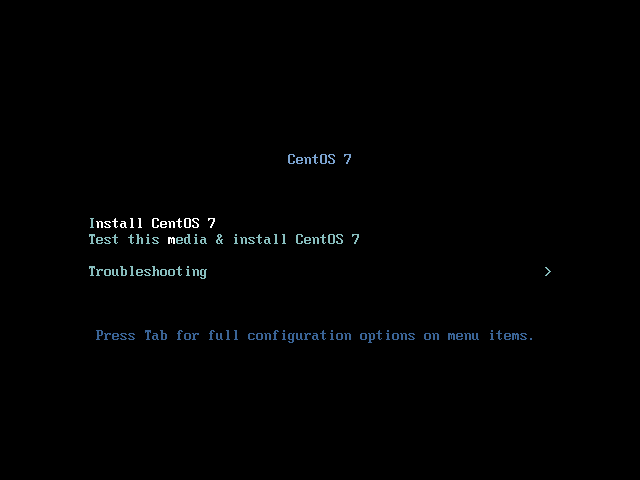vue实现主题切换的多种思路分享
首先需要解决的是如何知道你需要显示哪个主题,并且可以动态切换。我选择的方法是queryString。
我们打开url的时候,可以在后面缀上?theme=xx,读取这个xx储存起来即可。
第一种办法:动态组件当主题的路由并没有发生变化,仅是组件内部的样式,功能发生了变化,我们可以将一个组件复制一遍,修改完后,通过懒加载和动态组件实现。
// 页面组件<template> <div><component :is='themeName' /> </div></template><script> export default{name: ’Home’,components:{ theme1:()=>import(’@/theme/theme1/a’), theme2:()=>import(’@/theme/theme2/a’),},computed:{ themeName(){retun `theme${this.$store.state.themeId}` }} }</script>
在组件中,我将script部分抽离出来,因为大部分组件其实在逻辑上是相同。哪怕有一些不同,我们也可以直接在主题2的组件中更改,减少对主题1的影响。
//action.jsexport default{ name:’Theme1’, ....}<template><div class='theme1'></div></template><script> import action from ’../componentAction/action’ action.name=’Theme1’ export default action</script><style scoped></style>
这样实现的有点是可以通过子组件的style scoped实现样式隔离,同时功能数据上都会隔离,例如两个子组件中的swiper不会相互影响。 同时,懒加载也减小了首页的加载时体积。 后面再增加新增的主题也只是照猫画虎而已。
第二种办法,路由隔离路由隔离其实就是简单的theme1写一个路由的数组,theme2写一套路由。
// router.js{ path:’/theme3’, name:’theme3Index’, component: () => import(’../views/theme3/Index.vue’), children:[ {path: ’/theme3/entry’,name: ’theme3Entry’,component: () => import(’../views/theme3/entry.vue’), } ] }
这种办法其实是下下之策,我使用这个主要是因为路由变化了,比如之前是直接进入a.vue,但是现在前面多加了一层entry页面,所以只能改变路由。 这种办法也实现了比较好的隔离。
总结以上两种思路是我针对于我们当前业务的思考,仅供参考。
其实这两种方法都有一个共同的问题,就是代码冗余。每个组件都避不可免的带有一部分之前主题的代码,虽然,大部分逻辑代码可以抽离出来,但是css和template却无法抽离。
如果每次一个主题增加一个dom,一个功能块,如果每次都用v-if,那么其实代码以后会更加难以维护。因此,我选择了按照主题去划分代码。
额外补充基于css的两种方法方法一 多套css<!-- 中心 --><template> 动态获取父级class名称,进行一个父级class的多次定义 <div :class='className'> <div v-on:click='chang()'> {{ className == 'box' ? '开灯' : '关灯' }} </div> </div></template><script>export default { name: 'Centre', data() { return { className: 'box' }; }, methods: { // 改变class chang() { this.className === 'box'? (this.className = 'boxs') : (this.className = 'box'); } },};</script><style lang='scss'>当class为box 使用witch的css@import './style/witch.scss';当class为boxs 使用black的css@import './style/black.scss';.switch { position: fixed; top: 4px; right: 10px; z-index: 50; width: 60px; height: 60px; background: #fff; line-height: 60px; border-radius: 20%;}</style>
每个css文件样式大致相同,只是最外层的父级不一样,分别为.box 和.boxs
方法二 scss动态切换变量我自己是分为了2个主要文件来做的
_variable.scss 变量管理文件 var()为css3中提出的声明样式变量的方法 var(属性名,属性值)注意属性值不能是字符串// 主题切换$bgColor:var(--backgroundColor,rgb(255,255,255));$fontColor:var(--fonntColor,rgb(0,0,0));$bgmColor:var(--backgroundMColor,rgb(238,238,238));$tableColor:var(--tableColor,rgb(218,218,218));$borderColor:var(--borderColor,rgb(238,238,238));$tablesColor:var(--tablesColor,rgb(255,255,255));$inputColor:var(--inputColor,rgb(255,255,255))
创建的_variable.scss 文件我在vue.config.js进行了一个全局的配置,没有在组件中引入
css: { loaderOptions: { // 此文件为主题切换文件 sass: {prependData: `@import './src/styles/_variable.scss';`, }, }, },
publicStyle.js
这个方法可以去修改var定义的变量document.getElementsByTagName('body')[0].style.setProperty('属性名', '替换的属性值f');
// 主题切换const cut = (cutcheack) => { document.getElementsByTagName('body')[0].style.setProperty('--backgroundColor', cutcheack ? '#121212' : '#fff'); document.getElementsByTagName('body')[0].style.setProperty('--fonntColor', cutcheack ? '#cecece' : '#333'); document.getElementsByTagName('body')[0].style.setProperty('--backgroundMColor', cutcheack ? '#333' : '#eee'); document.getElementsByTagName('body')[0].style.setProperty('--tableColor', cutcheack ? '#000' : '#d8d8d8'); document.getElementsByTagName('body')[0].style.setProperty('--tablesColor', cutcheack ? '#222' : '#fff'); document.getElementsByTagName('body')[0].style.setProperty('--inputColor', cutcheack ? '#666' : '#fff'); document.getElementsByTagName('body')[0].style.setProperty('--borderColor', cutcheack ? '#666' : '#fff');};export default cut;
组件中使用
<!-- 首页 --><template><div class=’home’> <el-switch v-model='cutcheack' active-color='#333' inactive-color='#13ce66' active-text='主题' @change='switchs'></el-switch></div></template><script>import cut from '../../utils/publicStyle.js';export default { name: 'Home', data() { return { cutcheack: false, //主题切换 }; }, methods: { // 左侧导航隐藏或显示 // 切换主题 switchs() { cut(this.cutcheack); }, },};</script><style lang=’scss’ scope>.home { height: 100%; width: 100%;background:$bgColor; .el-container {height: 100%;color:$fontColor; }}</style>
以上就是vue实现主题切换的多种思路分享的详细内容,更多关于vue 主题切换的资料请关注好吧啦网其它相关文章!
相关文章:

 网公网安备
网公网安备